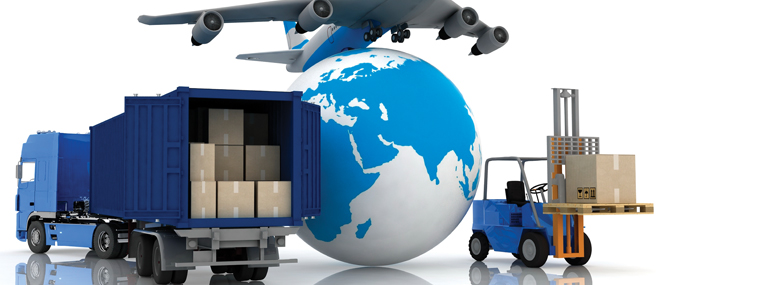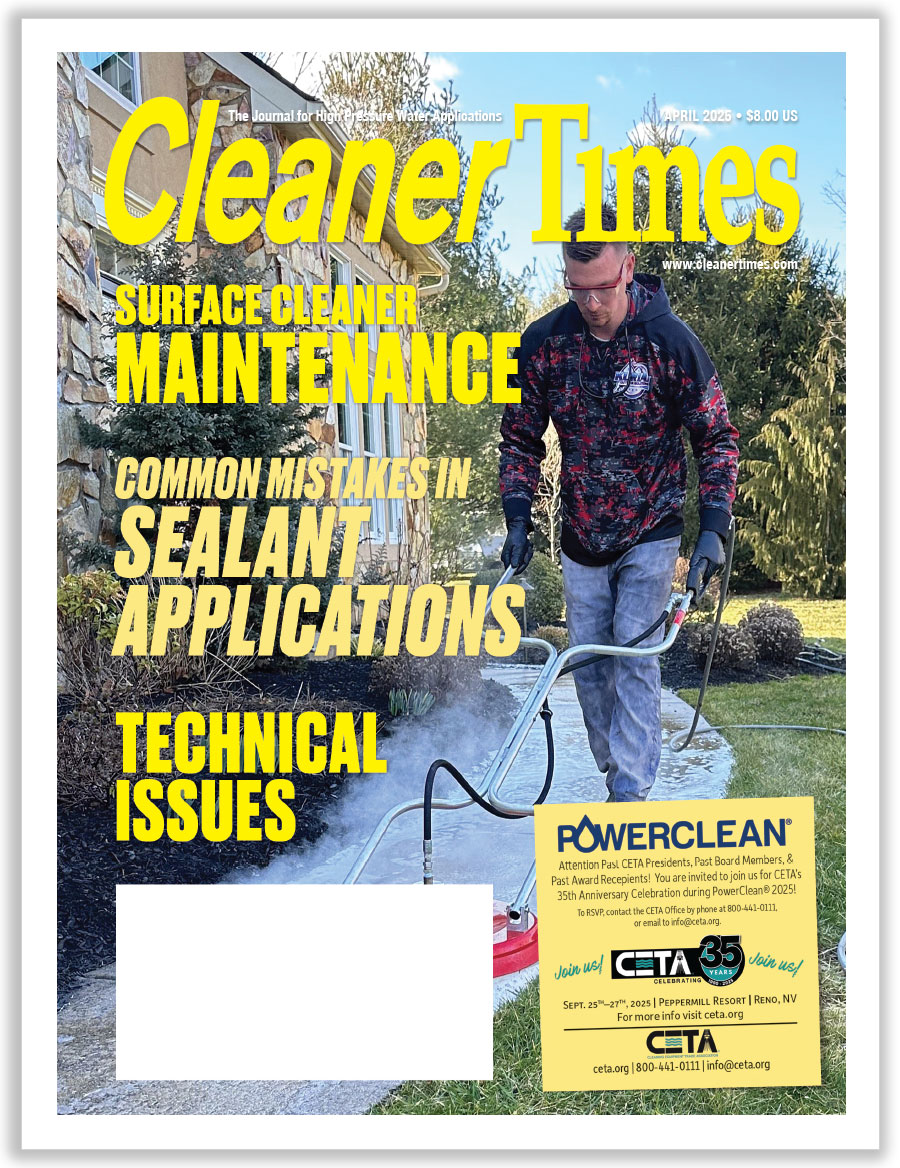
Evaluate Your Shipping: A Significant Part of Doing Business
By Diane M. Calabrese / Published April 2015

Our readers know the basics of shipping. Choose a reliable carrier. Pack the product with care. Follow every hazmat regulation. Help the customer understand the cost centers.
Straightforward as it is, the details matter in ways that are worth reviewing. Choosing a good carrier, for example, involves multiple considerations. It is a big challenge, says Diane Proper, who oversees shipping as part of her dual role in accounting and logistics at Epps Products in Clinton, ON, Canada. “The weight, shape, and where it’s going are certainly relevant,” says Proper. “But the first step has to be finding the right carrier that cares for your freight and their reputation.”
Once a reliable company is found, stay with them. “When they see your loyalty, the good rates usually follow…if you ask,” explains Proper. Try to select a carrier that does the entire transport itself. “The more your freight is handled, the greater the chance it has of being damaged,” says Proper. Moreover, if the freight is damaged, multiple, interline partners make it difficult and time-consuming to address damage claims.
Proper packaging is a must. In-house packaging often includes palletizing. But when the consolidation of a shipment is done by the carrier, make certain the carrier is using the same quality pallets that would be used in-house. “Spending a little more to package your items correctly can save you a lot in the long run,” says Proper.
The money saved derives not just from the need to repair or replace what is broken. It also stems from the cost of labor to do the repair or replacement and file the claim, explains Proper. There is also an unhappy customer who may look elsewhere for another purchase.
Packing and shipping also include complying with every existing and new regulation. Keeping pace with changes is a must. “Using a good and reputable company for brokerage and staying with them helps,” says Proper. “It then becomes their job to keep up with what is changing and to keep you informed. Your job then becomes following their instructions and recommendations.”
Hazmat and More
Compliance with hazmat regulations adds costs to in-house operations. In some cases, it also adds to shipping costs. “Some items, like hydrofluoric acid, can no longer even be shipped via small ground carriers such as UPS and FedEx Ground,” says Linda Chambers, brand and sales manager at Soap Warehouse in Snellville, GA. Such items can only be shipped via freight line, she explains.
The hazmat fee that ground carriers charge for items they can ship may equal or exceed the cost of the item, says Chambers. That becomes a big expense for owner operator contractors. At the same time, she explains, it is difficult for such contractors to receive orders of materials classified as hazardous because they must be available to sign for them.
“And this problem is only going to possibly get worse with the new OSHA SDS [safety data sheets] coming into effect this June,” says Chambers. “More ingredients are being classified as hazardous, even though they may not be DOT [Department of Transportation] hazardous.” That means more products are falling under the hazmat fee requirements.
Chambers works with customers to help them get the lowest cost. “For instance, a contractor that has been buying one kit of our product a month, paying normal shipping plus the hazmat fee, by switching to ordering once a quarter and getting three kits at once will usually save around $100 in the shipping, since with freight lines zero to 300 pounds ships for the same rate and hazmat fees are included….”
Concentrated product is another way customers can save. More washes per volume of product shipped cuts shipping costs for the customer. “That is why we sell concentrated products, where one container can make four, nine, or even up to 64 times the size it ships in,” says Chambers. “Drum kits weigh a lot less than the water weight of a full drum—80–100 pounds versus 500–530 pounds.”
Working with customers to help them understand their best choices in ordering is important. It applies to every type of item, not just those items that incur hazmat fees.
“Buying in small quantities, in short time spans will always cost you more than if you purchased more product less often,” says Chambers. “This is where budgeting and business planning come into play.”
Packing (too) Light
Frequent, small orders may also add to packaging and costs. “The biggest mistakes that customers make to increase their shipping costs are when ordering lightweight products that would incur extra handling charges—for instance, wand pipes that are very light, but are shipped in oversized boxes,” says David Hildebrand, vice president at Barens, Inc. in Seneca, PA.
“In our case, the biggest cause of increased shipping for customers is ordering several times during the day,” says Hildebrand. “At our company, the average time from order entry to being on the shipping dock ready for pick up is 15 minutes. Once an order reaches our automated picking and shipping systems, it is nearly impossible to stop the process to add items to an order. It would benefit customers to hold off calling in orders until late in the day to guarantee all will go in the same package and cut transportation costs dramatically.”
One thing that has made the shipping process more manageable is the software to automate the procedure that companies such as UPS, FedEx, and USPS provide, says Hildebrand. Yet when customers want a freight quote prior to ordering, it can be difficult to make.
“The difficulty we have is that in order to quote pricing, we need to know several factors,” explains Hildebrand. Factors include overall weight and size of shipment, number of boxes, type of customer (residential or commercial), and service area for terminal. “As of this year, each box in a shipment has to have dimensions listed.” Everything from delivery beyond normal service area to an oversize package can put the shipment five or 10 dollars over the quote provided at a shipping company’s website.
To the complexity of optimal packaging must be added the issue of shipments that are less-than-trailer-load (LTL). In the case of such shipments, each item must be classified according to National Motor Freight Classifica-tions, a service a large shipping provider will provide after the shipper lists items.
Full Circle
The amount of service a carrier provides—service that may include alerts on changes in customs requirements (e.g., tariffs, NAFTA modifications) and regulatory requirements—differs, giving the shipper many options.
“You really want to shop who you use” for a carrier, says Jake Clark, owner of Armstrong-Clark Company in Sonora, CA. “We’re always looking for the best service and the best rate.” Never underestimate the negotiating latitude of a carrier. “They can be flexible,” says Clark. When fuel prices change, be sure to renegotiate.
As for shipping to new customers outside the United States, Clark offers a word of caution. “Anything that doesn’t make sense, just don’t do it.” Unfortunately, he explains, phishing and other Internet-driven schemes affect manufacturers and distributors in this industry as in all others. Shipping is a significant part of doing business. It must be understood as thoroughly as the production process.




